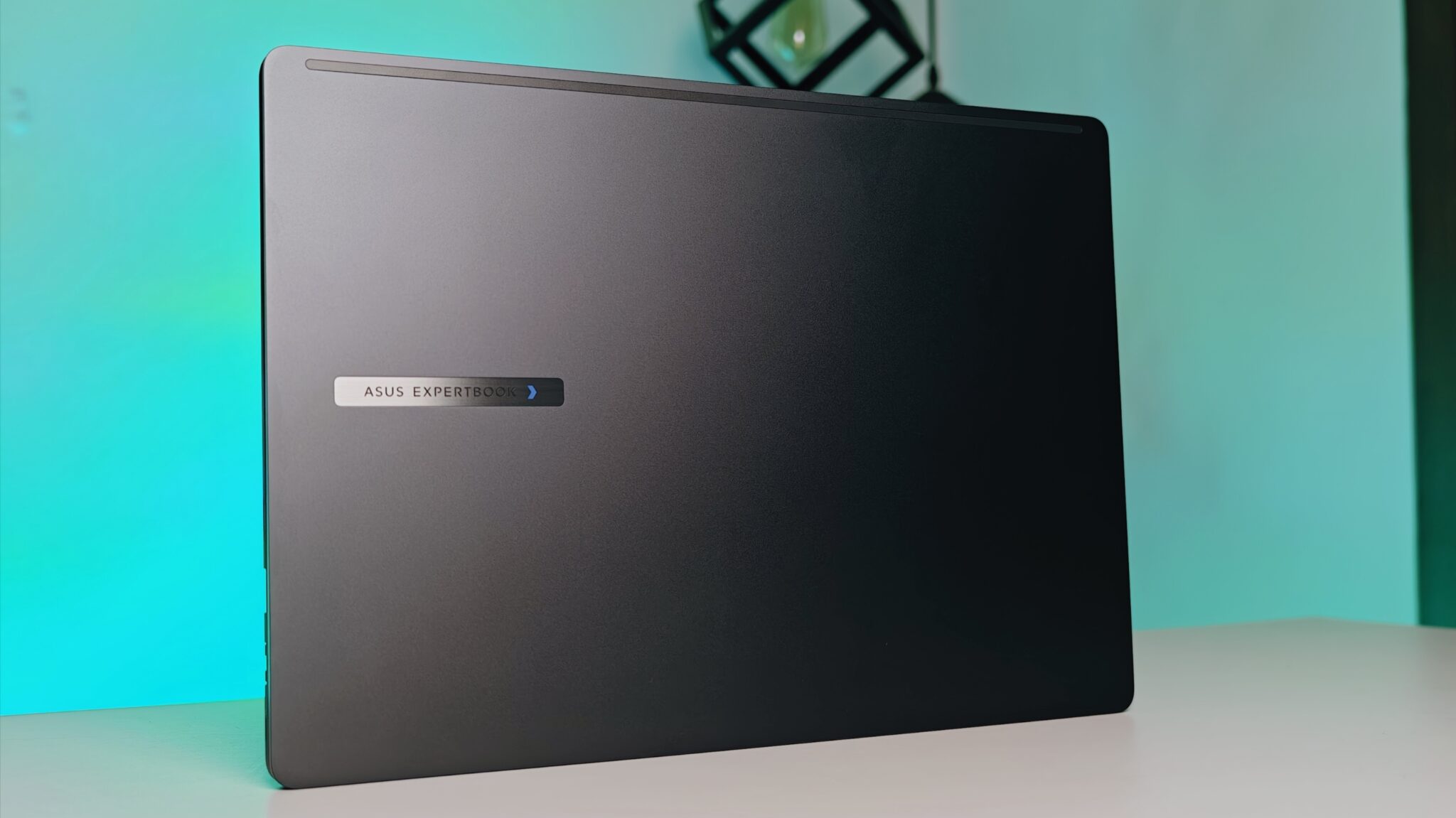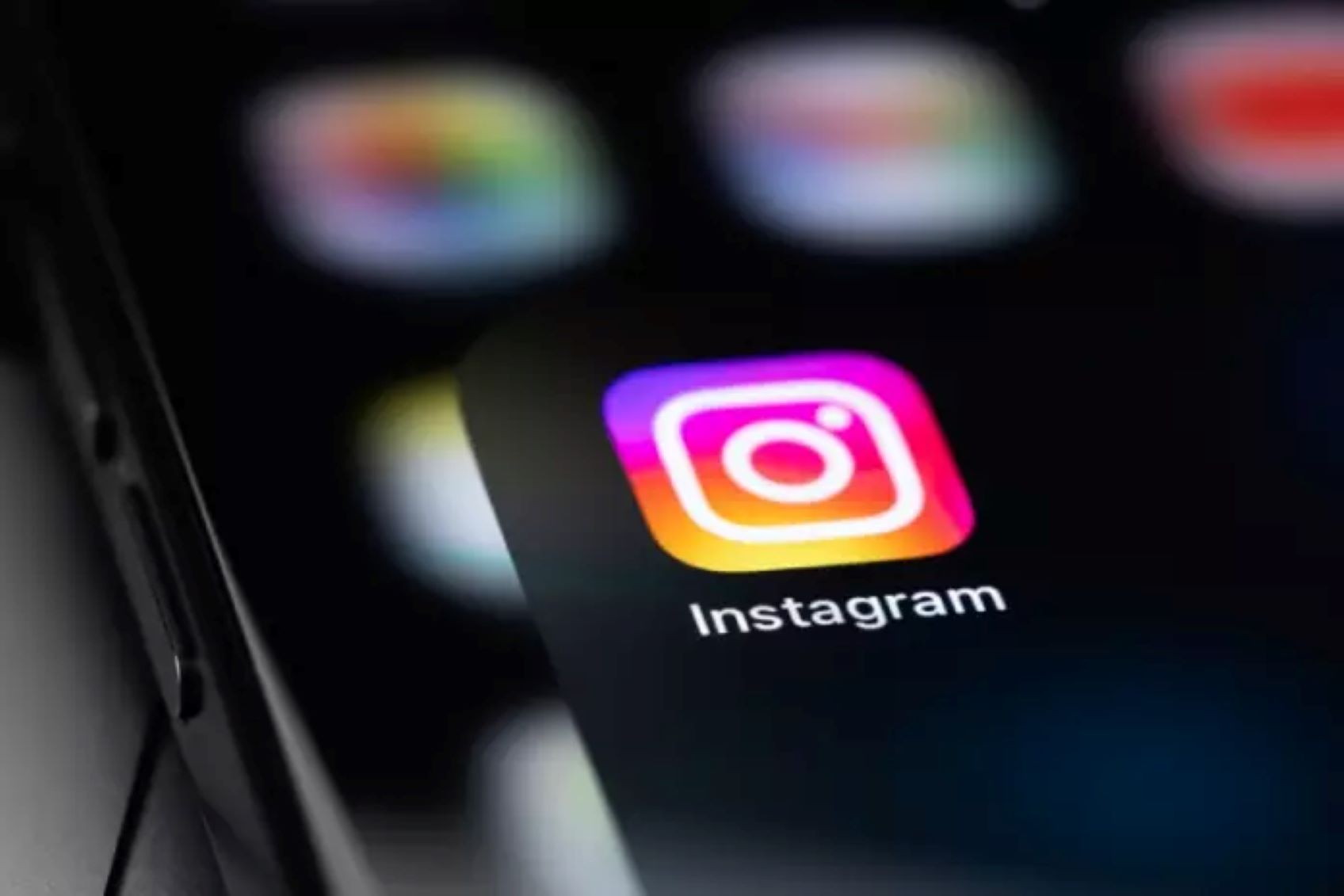In a digital payment revolution, India is set to witness its mobile wallet transactions surge to a staggering Rs 531 trillion by 2028. This unprecedented growth underscores a major shift towards mobile wallet adoption, overshadowing traditional payment methods like cash and cards.
As of recent years, the adoption of mobile wallets in India has seen a phenomenal rise, primarily fueled by the government’s vigorous push towards digital payment methods, notably through the Unified Payments Interface (UPI) platform. The period between 2019 and 2023 saw the value of mobile wallet payments in India grow at an impressive Compound Annual Growth Rate (CAGR) of 72.1%, reaching $2.5 trillion in 2023. This growth trajectory is expected to continue, with a forecasted growth rate of 18.3% between 2024 and 2028, ultimately reaching $6.4 trillion by the end of 2028.
The government’s ‘Digital India’ campaign, aimed at accelerating the country’s digital transformation, has been a significant driver behind this shift. Investments in building a robust infrastructure for cashless payments, alongside initiatives like Bharat QR—an interoperable QR code system—have laid the foundation for this digital payment ecosystem.
Moreover, mobile wallet transactions are expected to cross the INR100 trillion mark as early as 2024, signaling a rapid adoption curve that is displacing traditional cash and card transactions. This shift is not only due to technological advancements but also a response to the COVID-19 pandemic, which has accelerated the move towards contactless payments.
Key players leading this mobile payment revolution in India include PhonePe, Google Pay, Amazon Pay, ICICI Pockets, and PayTm Payments Bank Limited, contributing significantly to the market’s competitive landscape. These platforms have been at the forefront, incorporating UPI functionality, which allows users to conduct QR code transactions directly from their linked bank accounts, further simplifying and securing digital transactions.
Looking ahead, the market’s future looks promising with the integration of credit card transactions through UPI, a move initiated by Razorpay. This development, among others, indicates a broader acceptance and convenience of mobile payments, expected to boost consumer confidence and further the digital payment landscape in India.
India’s journey towards becoming a digital economy is evident through these developments in the mobile payments sector. The push for digitalization, backed by governmental initiatives and the adaptation by leading financial technology companies, is transforming the way transactions are conducted in the country, setting a benchmark for digital payment ecosystems worldwide.



















